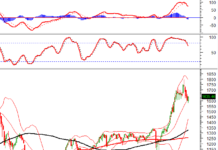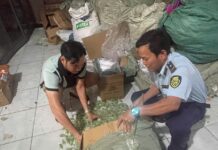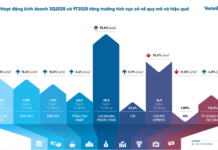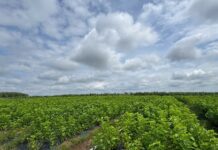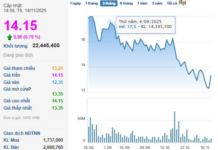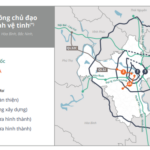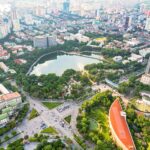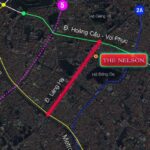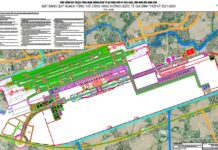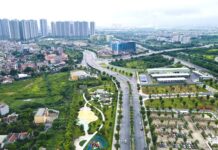The People’s Committee of Hanoi has submitted a Proposal to the Hanoi People’s Council, seeking the issuance of a Resolution outlining the conditions, procedures, and licensing processes for construction projects on agricultural land dedicated to agricultural production within the city.
Hanoi covers a natural area of 3,359.89 km², with 1,886 km² (188,600 hectares) designated as agricultural land.
Currently, the city hosts over 500 specialized agricultural production zones, each spanning 10 to 100 hectares.
Surveys by the People’s Committee reveal a growing demand from organizations and individuals to construct facilities on agricultural land to support production. Proposed structures include storage for agricultural supplies, processing and preservation units, greenhouses, net houses, and internal roads.
The Committee recommends permitting the following structures on agricultural land: storage for agricultural supplies, machinery, and tools, featuring brick foundations, 110mm brick walls or modular panels, and cement-tiled floors.
Seedling production facilities with steel or concrete foundations, modular panels, and 110mm brick walls up to 40cm high.
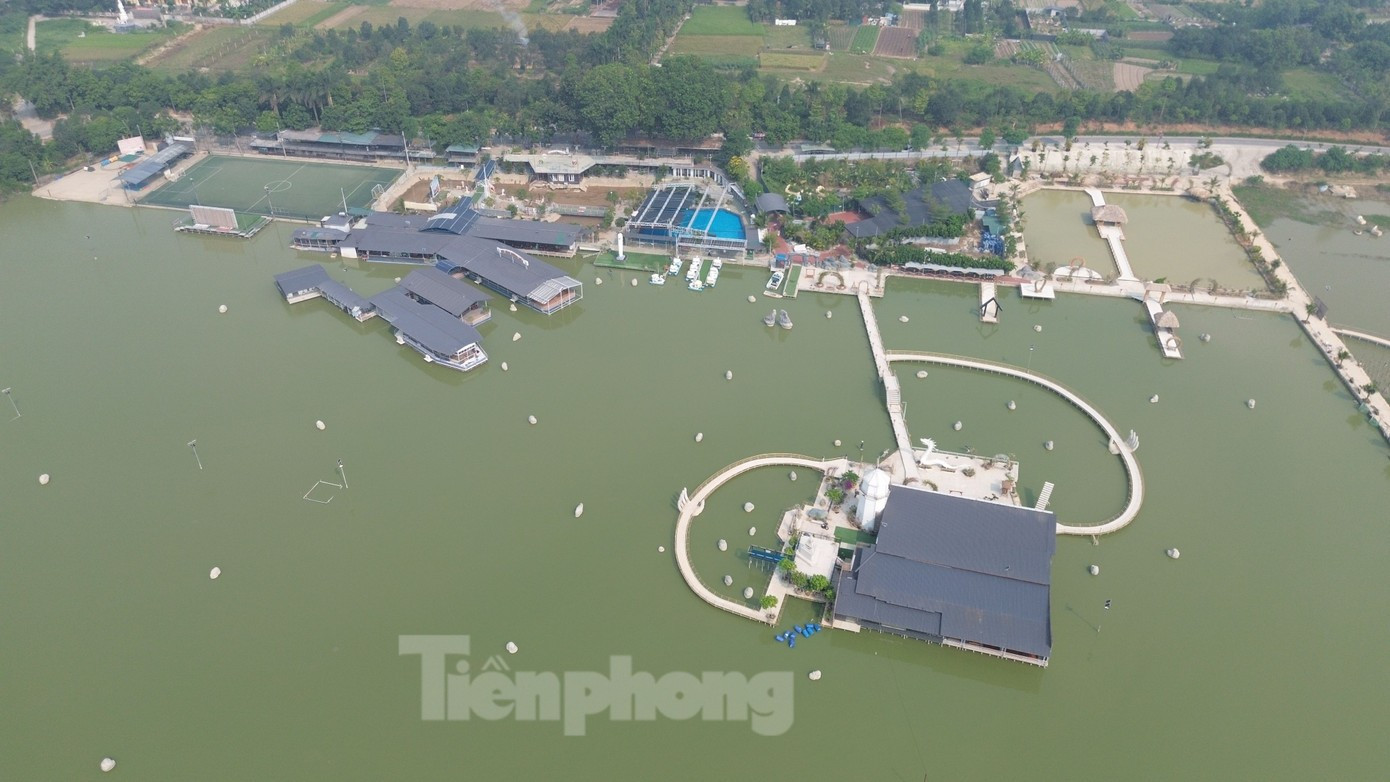
An agricultural structure in Dong Anh Commune, Dong Anh District, Hanoi.
Nurseries and agricultural greenhouses with plastic membranes, flat plastic panels, or netting.
Processing and storage facilities with steel or concrete foundations, modular panels (110mm brick walls up to 40cm high), and corrugated iron or plastic roofs.
Agricultural product display centers with steel or concrete foundations, modular panels (110mm brick walls up to 40cm high), and corrugated iron or plastic roofs.
Agritourism amenities, including reception areas, restrooms, rest stops, signage systems, and other small-scale structures.
Maximum 80% land utilization allowed
The Committee also proposes land usage ratios for agricultural construction projects.
For direct agricultural production facilities:
In flower and ornamental plant zones of 2,000 m² or more, up to 1.5% of the area (maximum 30 m²) can be used for one structure.
In fruit tree zones of 10,000 m² or more, up to 0.3% of the area (maximum 30 m²) can be used for one structure.
In aquaculture zones of 5,000 m² or more, up to 0.6% of the area (maximum 30 m²) can be used for one structure.
Up to 80% of the area can be used for nurseries and agricultural greenhouses.
In rice production zones of at least 300 hectares, up to 0.02% of the area (maximum 700 m²) can be used for structures.
For processing and storage facilities, the Committee suggests:
In vegetable, flower, and fruit tree zones, 0.1% of the area (100–300 m² per 10 hectares) can be used for structures.
In rice production zones of 100 hectares or more, up to 0.1% of the area (maximum 1,000 m², up to 2 structures per zone) can be used.
For agricultural product display centers, up to 0.1% of the area (100–200 m², one structure per zone) can be used.
For agritourism facilities, up to 0.1% of the area (maximum 500 m²) can be used.
The proposal is scheduled for review and approval at the City Council’s special session on September 29.
Emerging Real Estate Hotspots: Hà Nam, Hưng Yên, Vĩnh Phúc Attract Major Players Like Sun Group, Phú Mỹ Hưng, Bim Group in a Wave of Investment
Amidst Hanoi’s constrained land availability and escalating property prices, neighboring provinces such as Hà Nam, Hưng Yên, and Vĩnh Phúc have emerged as vibrant real estate markets. These satellite regions are witnessing a surge in housing supply, robust buyer demand, and competitive pricing, positioning them as attractive alternatives for both investors and homebuyers.
Billion-Dollar Super Infrastructure Lands: Hanoi’s Core Central Real Estate Surges Ahead
A wave of major infrastructure projects is transforming connectivity in Hanoi’s core, making rare real estate offerings like The Nelson even more desirable.

